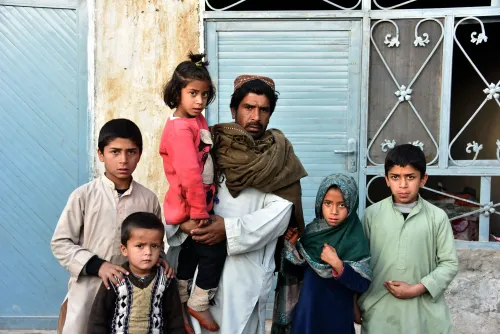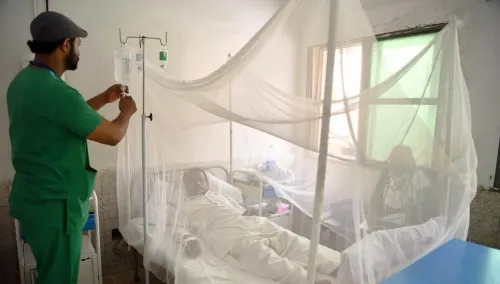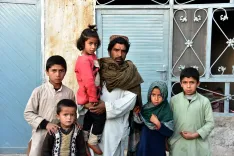Is Cambodia Facing a Rise in H5N1 Human Cases?

Synopsis
Key Takeaways
- 14 confirmed human cases of H5N1 in Cambodia this year.
- A 26-year-old man is currently receiving treatment for the virus.
- Health authorities are conducting investigations to track the source of infection.
- Public urged to avoid sick or dead poultry to reduce risk.
- Surging outbreaks among mammals also linked to H5 viruses.
Phnom Penh, July 29 (NationPress) A 26-year-old male resident of Siem Reap province in northwest Cambodia has tested positive for the H5N1 strain of human avian influenza, bringing the total number of reported cases this year to 14, as stated by the Ministry of Health on Tuesday.
According to a laboratory analysis conducted by the National Institute of Public Health, the man was confirmed positive for the H5N1 virus on July 26.
The patient is exhibiting symptoms including fever, cough, sore throat, stomach ache, and breathing difficulties, and is currently under medical care from a dedicated team of healthcare professionals.
He resides in Kravann village within Siem Reap city.
Investigations indicate that there were deceased chickens near the man's residence, and he had culled and plucked chickens just three days prior to showing symptoms.
Health officials are actively investigating the source of the infection and are monitoring individuals who may have come into contact with the patient to prevent potential outbreaks within the community.
This year, the Southeast Asian nation has documented a total of 14 human cases of H5N1 bird flu, with five fatalities, as reported by the Ministry of Health, according to Xinhua news agency.
The H5N1 virus primarily spreads among sick poultry but can occasionally transmit to humans, presenting symptoms like fever, cough, runny nose, and severe respiratory illness.
The Ministry of Health has urged citizens to exercise heightened caution and avoid consumption of sick or dead poultry, emphasizing that avian influenza continues to pose a health risk.
Since 2022, there has been a surge in reports of fatal outbreaks among mammals attributed to influenza A(H5) viruses, including A(H5N1). Undetected or unreported outbreaks may still occur. Both terrestrial and marine mammals have been impacted, including farmed fur animals, seals, sea lions, and various wild and domestic animals like foxes, bears, otters, raccoons, cats, dogs, cows, and goats.
Nearly all instances of H5N1 infection in humans have arisen from close contact with infected live or deceased birds or environments contaminated with the H5N1 virus, such as live bird markets. Some cases have also involved transmission from infected mammals to humans.









